Mastering classic cooking techniques, such as sautéing, braising, and poaching, significantly enhances food quality and flavor. These foundational skills allow chefs to control ingredients and cooking processes, resulting in better texture and taste. Understanding methods like emulsification and proper seasoning can elevate dishes, making them more enjoyable and impressive, whether for home cooking or professional settings.
Mastering classic cooking techniques opens the door to a world of culinary creativity. I’ve discovered that these foundational skills not only enhance flavors but also elevate my confidence in the kitchen.
Understanding Classic Cooking Techniques
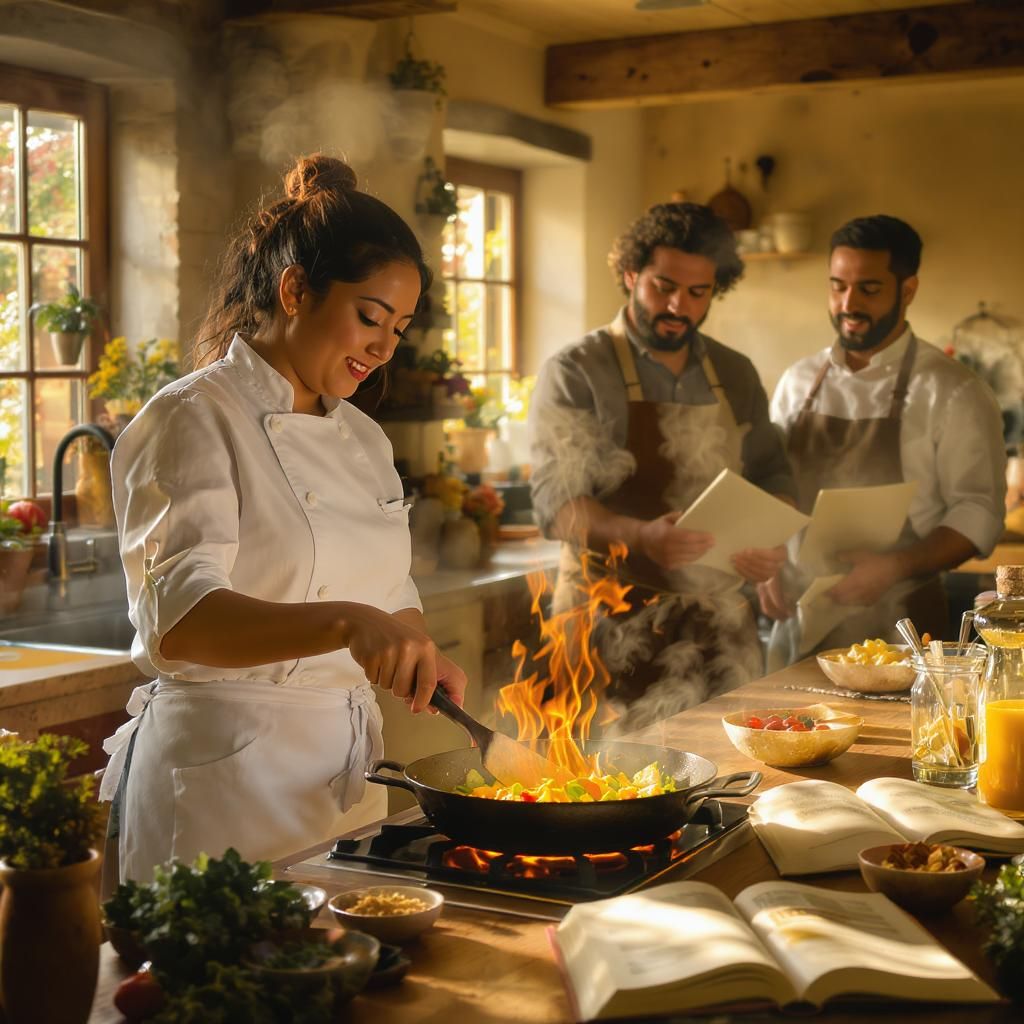
When I think about cooking, I often reflect on how much I’ve learned from the classic techniques that have endured for generations. These methods not only form the basis of many culinary traditions but also provide a framework for creativity. From sautéing to braising, mastering these skills has transformed the way I approach cooking. Let’s dive into some of the essential techniques that I believe every home cook should know.
Sautéing
Sautéing is one of the first techniques I learned, and it remains one of my favorites. This method involves cooking food quickly in a small amount of fat over relatively high heat. I love how it allows ingredients to retain their color and texture while developing rich flavors. The key to successful sautéing is to ensure that the pan is hot before adding the ingredients. I often preheat my pan, add a bit of oil, and then let it shimmer before tossing in the food. This creates that beautiful sear I crave.
As I sauté, I make it a point to keep my ingredients cut uniformly. This ensures they cook evenly and don’t end up with some pieces burnt while others are undercooked. I especially enjoy sautéing vegetables like bell peppers, zucchini, and asparagus, which brighten up any dish. Furthermore, I’ve discovered that adding aromatics like garlic or shallots towards the end of the sautéing process enhances the dish without burning those delicate flavors.
Roasting
Roasting is another technique that I’ve come to appreciate over the years. It’s straightforward yet incredibly effective at bringing out the natural flavors of ingredients. I often roast vegetables, meats, and even fruits. The high heat allows the sugars to caramelize, creating a delicious crust while keeping the insides tender. One of my go-to dishes is roasted chicken; the skin becomes crispy, while the meat remains juicy, making it a centerpiece worthy of any dinner table.
When I roast, I always make sure to properly season my food. A good sprinkle of salt, pepper, and some herbs go a long way. I’ve learned that tossing my vegetables in oil with salt and herbs before spreading them out on a baking sheet ensures they cook evenly and develop that lovely roasted flavor. It’s so satisfying to pull a tray of roasted vegetables from the oven, their colors vibrant and their aroma intoxicating.
Braising
Braising is a technique that has opened a new world of flavor for me. This slow-cooking method involves searing food and then cooking it covered with a small amount of liquid over low heat for an extended period. I often use braising for tougher cuts of meat, which break down beautifully and become tender and flavorful. One of my favorite braised dishes is short ribs; the long cooking time allows the rich flavors to develop, and the meat practically falls off the bone.
While braising, I like to start by browning the meat in a heavy pot to build flavor. After that, I add aromatics like onions, garlic, or carrots, followed by my braising liquid, which can be anything from stock to wine. I always make sure to scrape up any browned bits from the bottom of the pot, as they are packed with flavor. Covering the pot and letting it cook slowly allows the ingredients to meld together, creating a comforting dish that’s perfect for gatherings or a cozy night in.
Steaming
Steaming is a technique that I often utilize when I want to retain the nutrients and vibrant colors of my vegetables. Unlike boiling, where food can lose essential vitamins, steaming preserves both flavor and texture. I’ve found that a simple steamer basket placed over boiling water does wonders for anything from broccoli to dumplings. The gentle heat cooks the vegetables while keeping them crisp-tender, making them a perfect side dish or addition to any meal.
One of the best tips I’ve picked up along the way is to season my vegetables after steaming. A squeeze of lemon juice or a sprinkle of sea salt can elevate the dish without overpowering the natural flavors. I also enjoy adding fresh herbs or a drizzle of olive oil for an extra touch of flavor. It’s such a simple technique that makes a significant difference in how I enjoy my meals.
Grilling
Grilling is a technique that brings a smoky depth to foods that I absolutely adore. Whether it’s grilling meats, vegetables, or even fruits, the flavors that develop are unparalleled. I’ve learned that marinating my ingredients before grilling not only infuses them with flavor but also helps to tenderize tougher cuts of meat. A simple marinade of olive oil, vinegar, and herbs can make a world of difference in the final dish.
When grilling, I always make sure my grill grates are clean and preheated. It helps to create those beautiful grill marks and prevent sticking. I find that flipping my food only once during cooking leads to better searing and prevents it from drying out. The aroma of food grilling fills my kitchen and backyard, making it an experience I cherish. Plus, the social aspect of gathering around a grill with friends and family is something that makes me look forward to cooking even more.
These classic cooking techniques have transformed my culinary approach, enabling me to create delicious meals with confidence. Each method brings its unique flair to the table, and I find joy in experimenting with them. As I continue to hone my skills, I look forward to sharing even more techniques that can elevate any cook’s repertoire. Stay tuned as I explore more classic methods that can help you achieve culinary greatness in your own kitchen.
Emulsifying
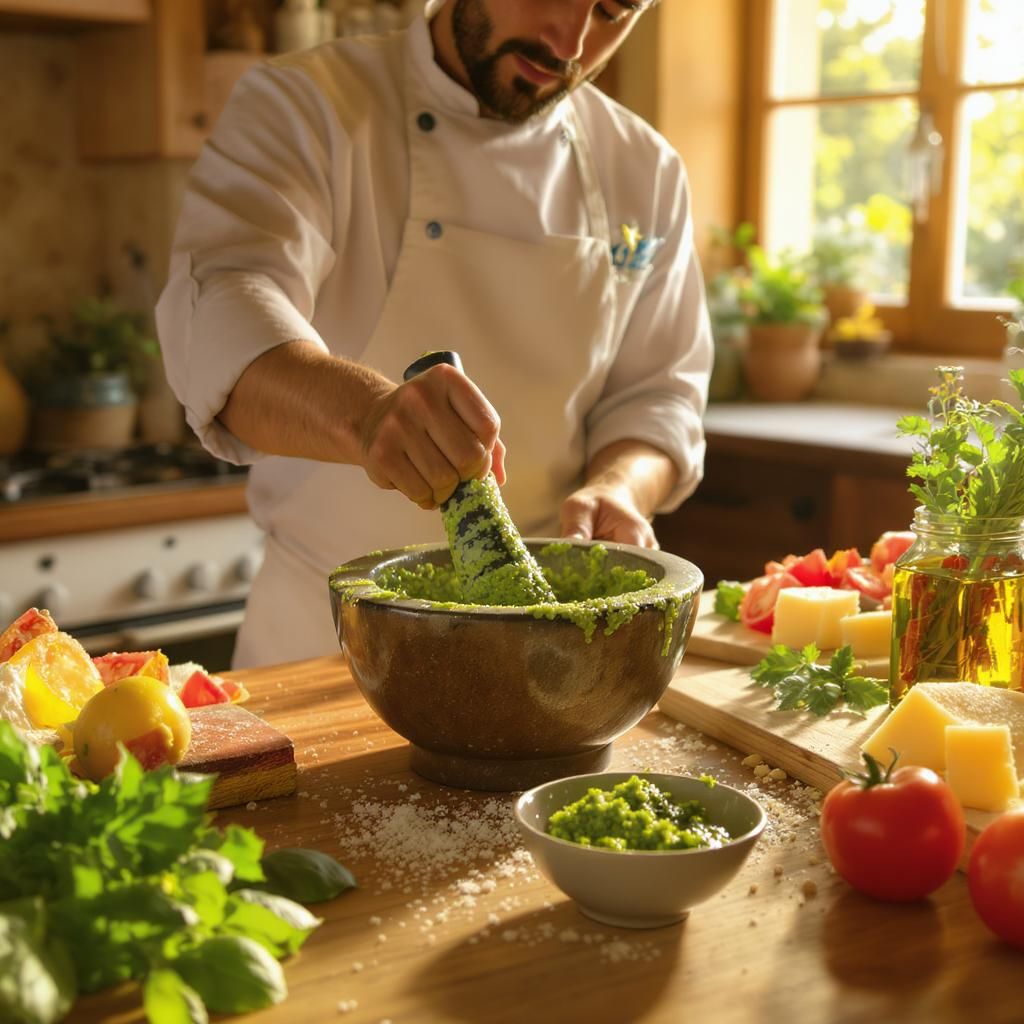
Emulsifying is a technique that I’ve become particularly fond of, especially when it comes to creating sauces and dressings that are rich and creamy. This method involves blending two liquids that normally don’t mix, such as oil and vinegar, into a stable mixture. I’ve found that mastering emulsification can elevate my cooking and allow me to craft dressings that are far tastier than anything store-bought.
One of my favorite emulsified sauces is homemade vinaigrette. I usually start with a ratio of three parts oil to one part vinegar, but I like to adjust it based on the flavor profile I’m aiming for. It’s fascinating how a little mustard or honey can not only add flavor but also help stabilize the emulsion. I whisk vigorously, and within moments, I have a luscious dressing that clings beautifully to my salads.
When I want to take it up a notch, I often experiment with different types of oils and vinegars — avocado oil with balsamic vinegar gives a unique twist, while a fruity olive oil paired with red wine vinegar adds depth. I’ve also learned that adding in aromatics, such as minced garlic or shallots, can truly enhance my dressings, making them a perfect complement to any dish.
Poaching
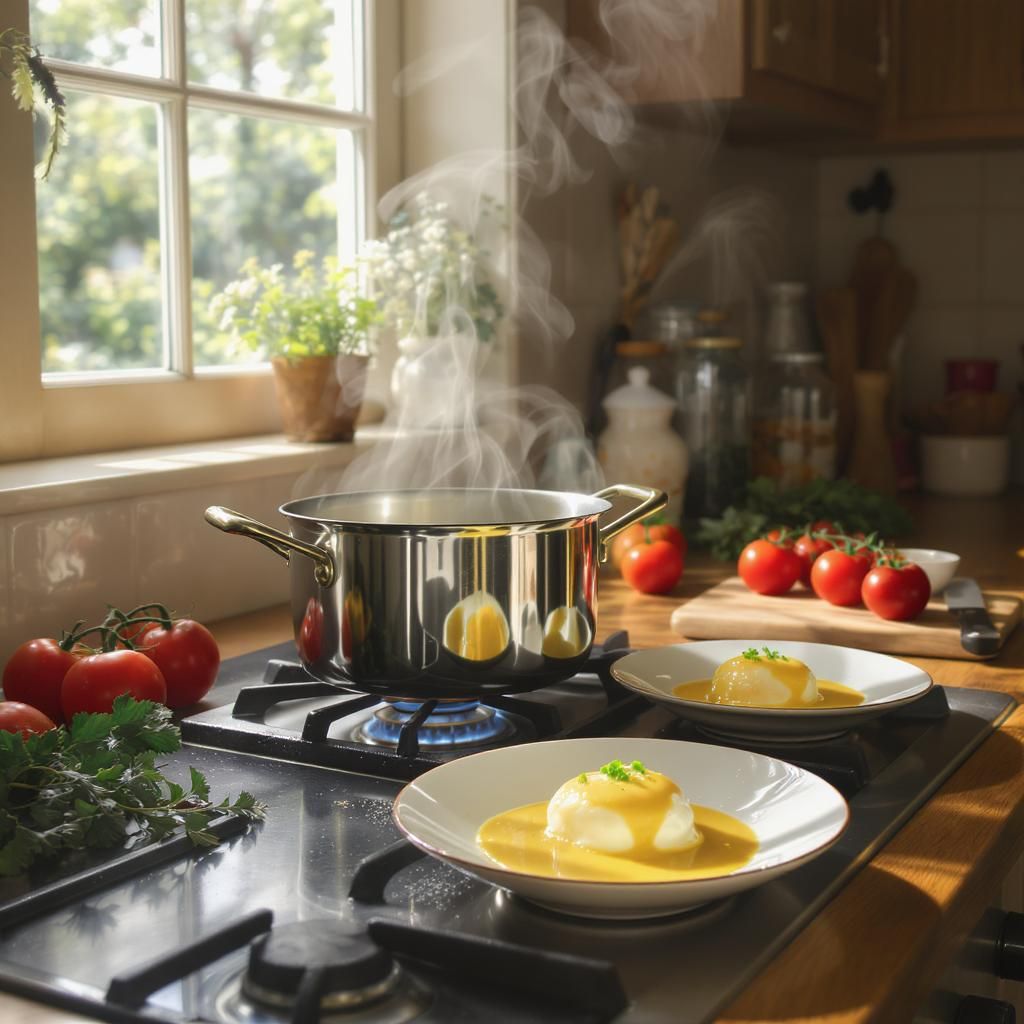
Poaching is another delicate cooking method that I adore. It involves gently cooking food in a simmering liquid, which can be water, broth, or even wine. This technique is perfect for proteins like fish and eggs, as it allows them to cook evenly without losing moisture or flavor. I especially enjoy poaching salmon; the result is tender and flaky, and the fish absorbs the subtle flavors of the poaching liquid.
One tip I’ve picked up is to add aromatics to the poaching liquid, such as herbs, citrus slices, or spices. This infusion elevates the dish, adding layers of flavor without overwhelming the main ingredient. I often poach eggs for breakfast and love how the yolks burst open, lending richness to toast or salads. Learning to master the timing and temperature of poaching has truly expanded my culinary repertoire.
Blanching
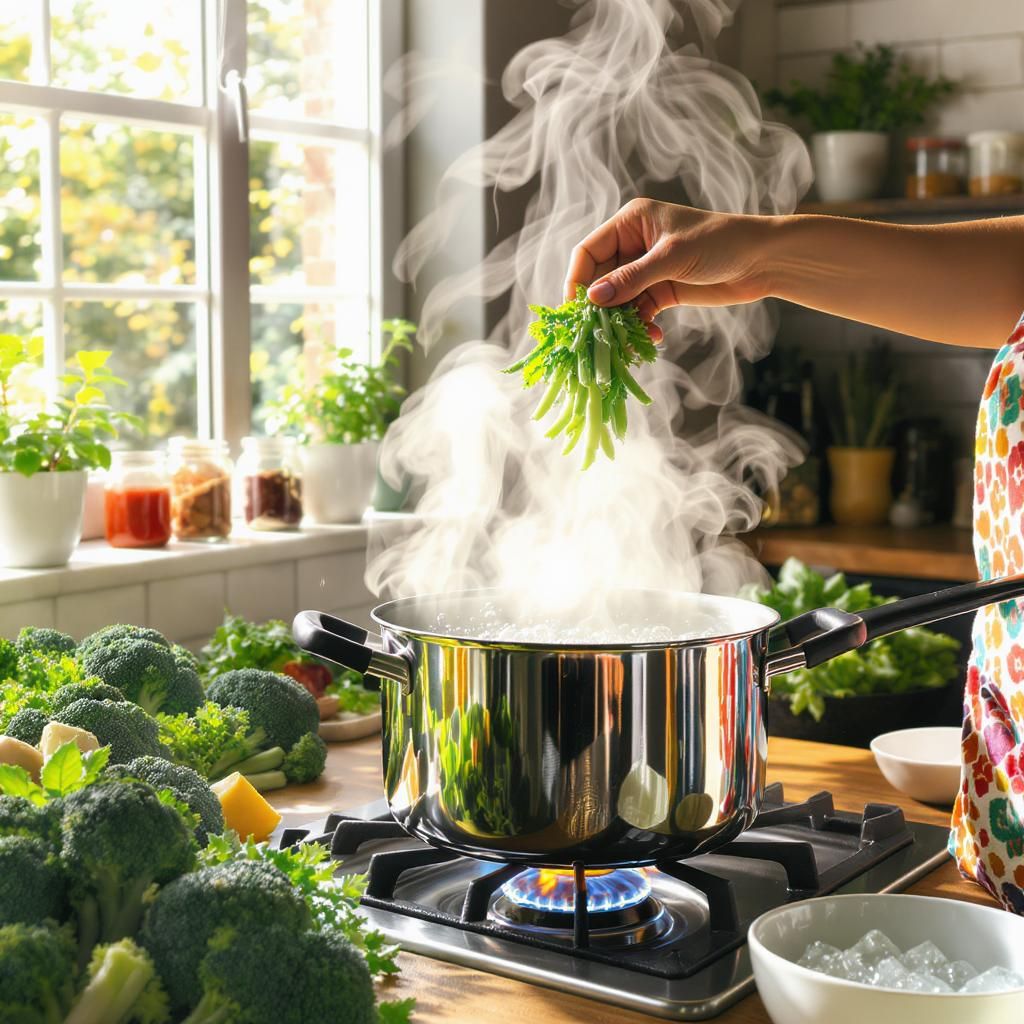
Blanching is a technique I frequently employ when I want to preserve the color and texture of vegetables while also making them easier to digest. The process involves briefly boiling vegetables and then plunging them into ice water to stop the cooking process. I often use blanching for green beans, asparagus, and spinach, which retain their vibrant colors and crunch.
One of the great things about blanching is how it prepares vegetables for freezing. After blanching, I can store veggies for later use, which helps me reduce food waste. It’s great to have bags of prepped vegetables in the freezer, ready to add to stir-fries or soups. I’ve also found that blanching improves the flavors in salads — just a quick dip in boiling water followed by an ice bath can make a simple dish sing.
Deglazing
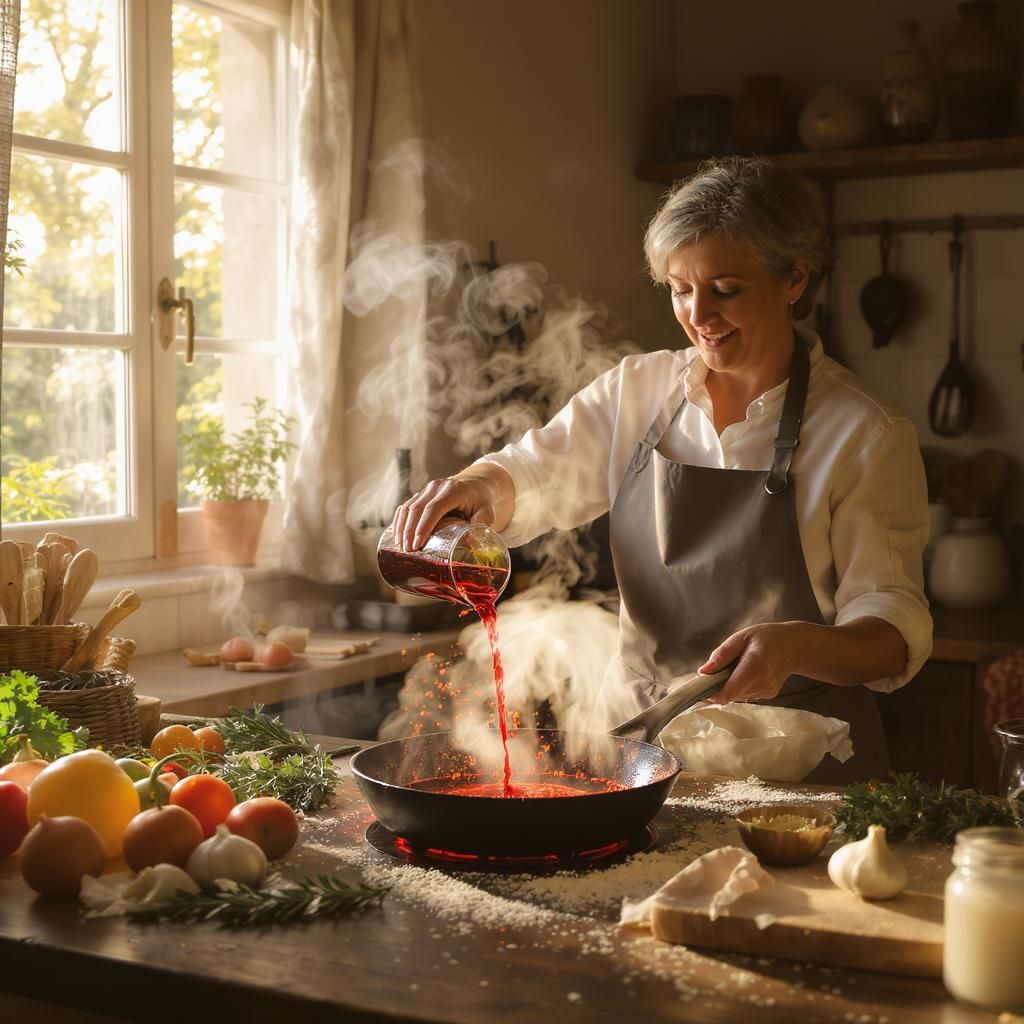
Deglazing is a technique that I particularly enjoy for creating flavorful sauces. After I’ve sautéed or roasted proteins, I often find myself left with those wonderful browned bits stuck to the pan, known as fond. To capture that flavor, I’ll pour a bit of liquid — usually wine, stock, or even water — into the hot pan and scrape up those bits with a wooden spoon. The result is a rich, flavorful base that I can build upon.
What I love most about deglazing is the versatility it offers. Depending on the dish, I can choose different liquids to complement the flavors of the meat or vegetables I’ve cooked. For instance, a splash of white wine with chicken creates a lovely sauce, while red wine works beautifully with beef. After deglazing, I like to let the liquid reduce a bit, concentrating the flavors and thickening the sauce. It’s such a satisfying process that adds depth to my meals.
Confiting
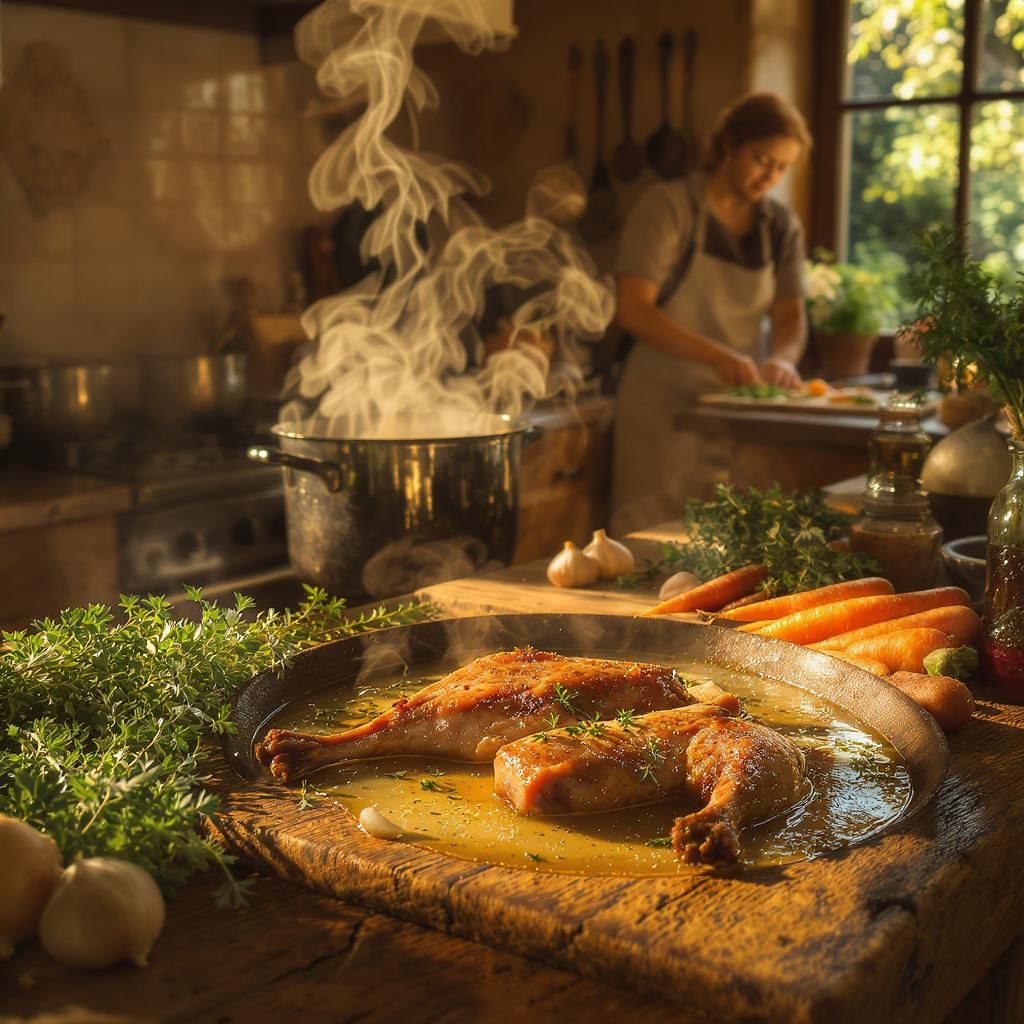
Confiting is a classic technique that I’ve recently started exploring more deeply. This method involves cooking food slowly in its own fat, resulting in incredibly tender and flavorful components. I often confit garlic and duck, and the results are nothing short of magical. The garlic becomes sweet and spreadable, while the duck turns melt-in-your-mouth tender.
To confit garlic, I gently simmer peeled cloves in olive oil until they turn golden and soft. The oil becomes infused with garlic flavor, which I can then use in other dishes, creating a lovely base for sauces or dressings. When I confit duck legs, the process takes several hours, but the end product is worth every minute — the skin becomes crispy, and the meat is infused with flavor, making for an impressive dish.
Exploring these advanced techniques has opened up new avenues of creativity in my cooking. Each method adds a distinct touch to my meals, and I find joy in mastering them. With every technique I learn, I feel more equipped to tackle any recipe that comes my way, and I look forward to sharing my experiences and discoveries with you in future posts.
Final Thoughts
As I reflect on these classic cooking techniques, I realize how they collectively enhance my culinary journey. Each method opens up a new realm of possibilities, allowing me to infuse my dishes with creativity and flavor. Whether it’s through the delicate art of poaching or the bold flavors achieved by grilling and roasting, I find joy in experimenting and learning. I hope this exploration inspires you to embrace these techniques in your own kitchen, enhancing your cooking skills and enjoyment.
